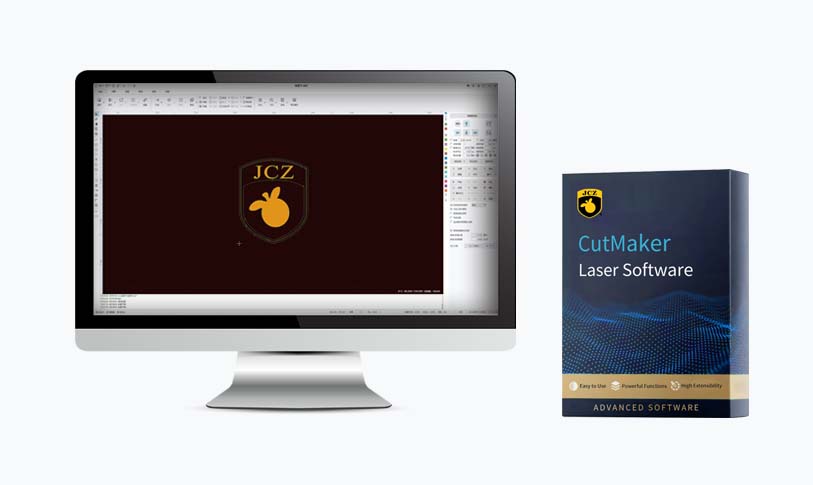****

Exploring the Advantages and Innovations of Q Switched Fiber Laser Technology in Modern Manufacturing and Industrial Applications
In recent years, laser technology has revolutionized various sectors including manufacturing, medicine, and telecommunications. At the forefront of this advancement is the q switched fiber laser—a sophisticated and versatile tool that has gained remarkable popularity due to its efficiency and effectiveness. This article delves into the fundamental workings of q switched fiber lasers, their distinct advantages over traditional laser systems, and the myriad of applications they serve in modern industry.

Exploring the Advantages and Innovations of Q Switched Fiber Laser Technology in Modern Manufacturing and Industrial Applications
Understanding Q Switched Fiber Lasers
At its core, a q switched fiber laser is designed to produce high-energy pulses of laser light in short bursts. Unlike continuous wave lasers that emit a constant beam, q switched lasers achieve peak power through the process of “q-switching”—a method that temporarily stores energy in the laser medium and releases it in a single, high-energy pulse. This unique mechanism results in extremely short pulse durations, typically ranging from nanoseconds to femtoseconds, enabling the generation of exceptionally high peak powers.
The “fiber” aspect of these lasers refers to the use of optical fibers as the gain medium, which brings a host of advantages. The fiber’s design allows for efficient pumping and optimized cooling, leading to higher conversion efficiency and a more compact system compared to traditional solid-state lasers.
Advantages of Q Switched Fiber Lasers
1. **High Efficiency:** One of the most notable benefits of q switched fiber lasers is their efficiency. They convert electrical energy into laser light with minimal waste, making them an environmentally friendly option. The robust design of fiber optics also enhances energy absorption, decreasing operational costs.

Exploring the Advantages and Innovations of Q Switched Fiber Laser Technology in Modern Manufacturing and Industrial Applications
2. **Compact Design:** The fiber construction allows for a compact and lightweight laser system. This portability makes q switched fiber lasers suitable for a wide range of industrial applications, including on-site operations where space is a constraint.
3. **Ultra-High Peak Power:** The q switching technique enables the production of extremely high peak power, useful for applications requiring precision and intensity. This feature is advantageous in fields like materials processing, where cutting or engraving requires a concentrated energy input.
4. **Versatile Applications:** From marking and engraving to micro-machining, q switched fiber lasers are employed across various sectors. They can work with a plethora of materials, including metals, plastics, glass, and ceramics, which enhances their versatility in industrial settings.
5. **Minimal Thermal Impact:** The short duration of each laser pulse minimizes the heat-affected zone (HAZ), reducing the risk of damaging surrounding materials during cutting or engraving processes. This precision allows for intricate designs and reduces the need for secondary processing.
Applications in Industry
Q switched fiber lasers have found use in a multitude of industries. In the automotive sector, they are employed for marking VIN numbers, logos, and other identifiers on vehicles, allowing for traceability and compliance with regulations. In electronics, these lasers are used for precise engraving on circuit boards and other components where fine detail is essential.
In the medical field, q switched fiber lasers are utilized in various surgical procedures, including dermatology and ophthalmology, providing minimally invasive options with reduced recovery times. The ability to work at different wavelengths also lends flexibility, enabling specific treatments for various skin conditions.
The manufacturing and aerospace industries have harnessed q switched fiber lasers for cutting intricate parts and materials. Their capacity for high-speed processing finds applications in the production of components that demand precision, such as turbine blades and other critical components.
Conclusion
The emergence of q switched fiber laser technology marks a pivotal shift in the landscape of industrial laser applications. With their high efficiency, compact nature, and versatility, these advanced lasers cater to a diverse range of industries, driving innovation and improving operational effectiveness. As technological advancements continue to unfold, the role of q switched fiber lasers in redefining production capabilities and standards will only grow, setting the stage for even broader applications and integration into future manufacturing processes. Embracing the potential of q switched fiber lasers is not just a trend; it is an investment in a more efficient and innovative industrial future.fiber marking




